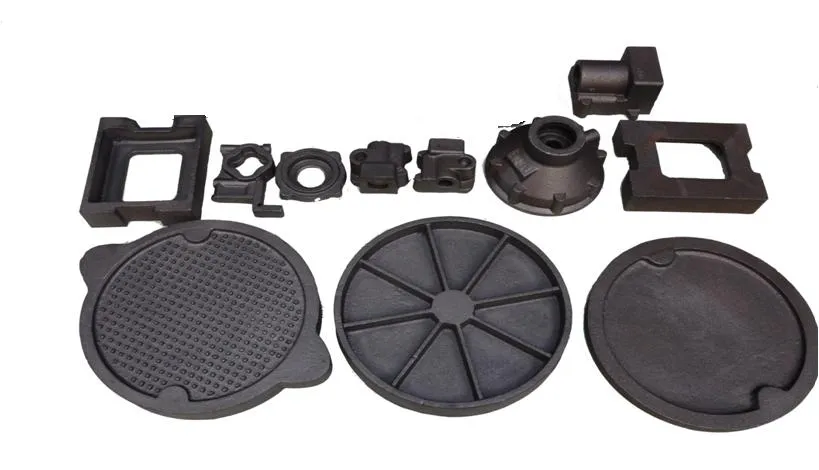Mobile:+86-311-808-126-83
Email:info@ydcastings.com
Durable Ductile Iron Gate Valve Solutions for Efficient Fluid Control and Infrastructure Reliability
The Role of Ductile Iron Gate Valves in Modern Infrastructure
In modern infrastructure, the importance of effective fluid control in pipelines cannot be overstated. Among the various components used in the water distribution and industrial piping systems, ductile iron gate valves stand out due to their durability, reliability, and efficiency. This article delves into the significance of ductile iron gate valves, their construction, advantages, and applications.
Understanding Ductile Iron
Ductile iron, also known as ductile cast iron or spheroidal graphite iron, is a type of iron that exhibits enhanced mechanical properties compared to traditional cast iron. It is tough, malleable, and resistant to corrosion, making it an ideal material for various infrastructure applications. The unique microstructure of ductile iron enables it to withstand high pressures and impact, ensuring longevity and performance in demanding environments.
Gate Valves An Overview
Gate valves are mechanical devices used to control the flow of fluids in a pipeline. They function by raising or lowering a wedge-shaped gate to either allow or obstruct flow. This design makes gate valves particularly suitable for on-off services rather than throttling applications. They provide minimal pressure drop and optimal flow characteristics when fully open, making them a preferred choice in many industrial applications.
Advantages of Ductile Iron Gate Valves
1. Strength and Durability The mechanical strength of ductile iron allows these valves to endure extreme conditions that would typically lead to failure in other materials. This durability reduces the necessity for frequent replacements, resulting in long-term cost savings.
2. Corrosion Resistance Ductile iron gate valves can be treated with various protective coatings, enhancing their resistance to corrosion and wear. This characteristic is particularly important in waterworks and wastewater systems, where valves are often exposed to harsh environments.
3. Ease of Installation and Maintenance The robust design of ductile iron gate valves facilitates straightforward installation, while their minimal maintenance requirements contribute to their overall efficiency. Many models are equipped with features that allow for easy access to internal components for inspection and repair.
gate valve ductile iron

4. Versatility Ductile iron gate valves are versatile and can be used in a wide range of applications, from municipal water systems to industrial processes. They are suitable for handling various types of fluids, including potable water, sewage, and aggressive chemicals.
5. Cost-Effectiveness While the initial investment in ductile iron gate valves may be higher than that of other materials, the long lifespan, lower maintenance costs, and reduced downtime make them a cost-effective solution in the long run.
Applications
Ductile iron gate valves are extensively used across various sectors, including
- Water Supply and Distribution These valves are crucial in municipal water systems, ensuring the efficient distribution of potable water and managing pressures within the network. - Wastewater Management In sewage and wastewater treatment facilities, ductile iron gate valves help control the flow and manage the treatment processes.
- Industrial Applications Many industries utilize these valves for controlling processes involving chemicals, oils, and gases, taking advantage of their durability and reliability.
- Fire Protection Systems Ductile iron gate valves are also vital in fire protection systems, allowing for quick isolation of water supply during emergencies.
Conclusion
Ductile iron gate valves represent a critical component in the infrastructure that supports contemporary society. Their strength, durability, and versatility make them an indispensable choice for various applications across different sectors. As industries continue to demand reliable fluid control solutions, the significance of ductile iron gate valves will only increase, ensuring that they remain a key player in the evolution of modern infrastructure systems.
-
Understanding Metal Casting TechniquesNewsApr.02,2025
-
Understanding Exhaust Manifolds for Enhanced Engine PerformanceNewsApr.02,2025
-
The World of Metal FabricationNewsApr.02,2025
-
Key Components for Pump and Turbo EfficiencyNewsApr.02,2025
-
Essential Tools for Automotive Maintenance and RepairNewsApr.02,2025
-
Durable Valve Components for Effective Water ManagementNewsApr.02,2025











